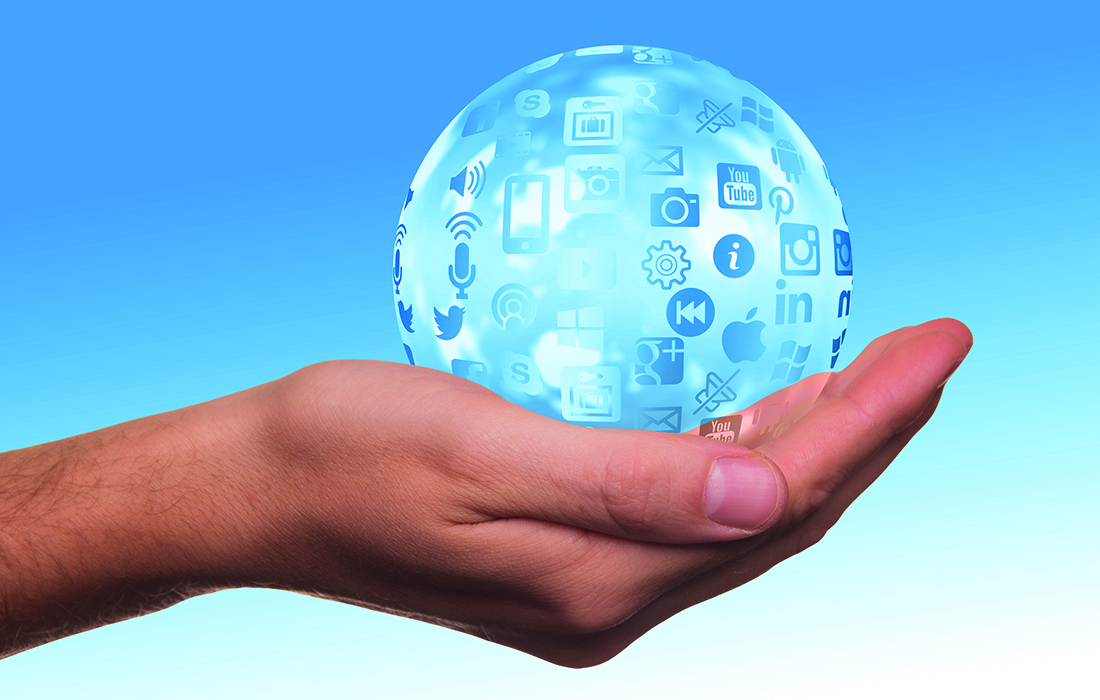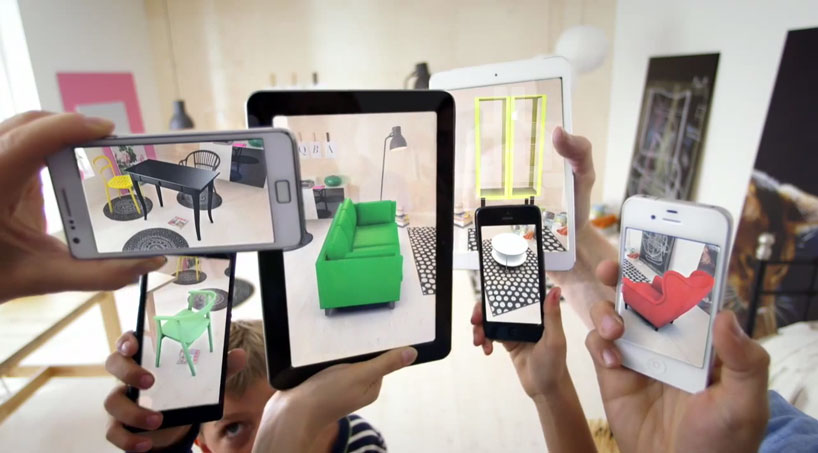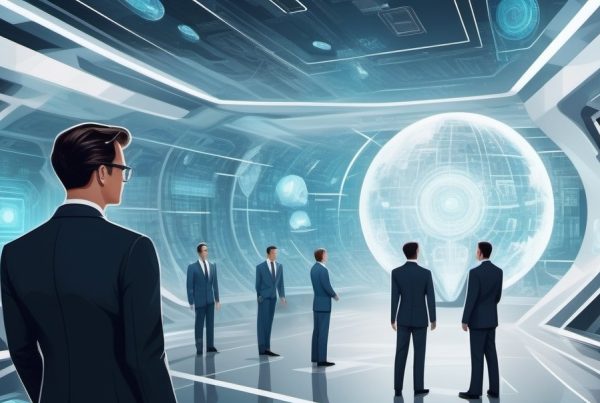The worlds of Augmented, Virtual and Mixed Reality (AR, VR & MR) are continuously growing. In 2016 the International Data Corporation (IDC) forecasted that the worldwide revenues from AR, VR and MR would grow from $5.2 billion in 2016 to more than $162 billion in 2020. These technologies were the stuff of science fiction for many years. You would only see them in movies for instance. However, with for example the increasing power of smartphones which can be used for inexpensive VR headsets, these technologies are becoming more accessible for consumers. Because of this development the consumer market for AR, VR and MR is rapidly growing with new paid and user generated content-driven experiences. This trend is driven by hardware that is becoming less expensive which will put AR, VR and MR technologies within the grasp of a growing number of consumers and companies. The technologies can also have a powerful impact at the industry level, for instance in manufacturing [1].
Many people who are trying to understand these emerging technologies want to know what the difference is between AR, VR and MR and how these technologies can impact the digital world as they currently know it. In the next paragraphs the distinctions between Virtual and Augmented Reality will be discussed shortly, after that an explanation of Mixed Reality will be given including two real-life examples [2].
Virtual Reality
Virtual Reality can be described as a three-dimensional, computer generated environment. This environment can be explored and interacted with by a person. With Virtual Reality the person becomes a part of a virtual world or is immersed within the virtual environment where the person can manipulate objects or perform a series of actions. There are many applications for Virtual Reality technologies, including fashion, entertainment and sport. The potential for the entertainment value is clear, but Virtual Reality has more serious applications for example in medicine or education [3]. Virtual Reality provides a gateway for a lot of the more advanced technologies that will be used in Mixed Reality [2].
Augmented Reality
Augmented Reality technology supplements the real world with computer-generated (virtual) objects that appear to coexist in the same space as the real world. The technology has the following properties: combines virtual and real objects in a real environment; runs interactively, and in real time; and registers real and virtual objects with each other [4]. Augmented Reality works by adding 3D or 2D layered content on top of objects in the real world, which allows users to turn the physical world into digital media [2]. There are multiple kinds of displays that can be used for Augmented Reality, such as AR goggles or handheld displays. The latter is most common now because most of Augmented Reality is used on mobile devices and tablets. On the picture below, you can see an example of Augmented Reality on mobile devices. There are also quite some head-worn displays available such as the Sony SmartEyeGlass [4].
Figure 1: Augmented Reality on mobile devices
Mixed Reality
Mixed Reality, in short, is a hybrid form of Virtual Reality and Augmented Reality. It is far more advanced than Virtual Reality since it combines the usage of multiple types of technologies including next-gen computing power, advanced optics and sensors. By bundling multiple types of technologies in one device it will provide users with capabilities to overlay augmented holographic detail content in real-time. This results in the creation of scenarios that are mind-blowing and unbelievably realistic [2]. Mixed Reality combines technologies used in Virtual and Augmented Reality with data that is collected from for example internet of things devices to create new environments in which data and objects from both the physical and digital world are integrated [5]. In the next paragraph some applications of Mixed Reality will be discussed to provide a better understanding of how this technology works and what Mixed Reality can provide for the world.
Mixed Reality applications
Mixed Reality can provide benefits related to enhanced consumer experience, but can also provide benefits for enterprises. In this paragraph an example for both kind of benefits will be discussed, starting with the benefits for consumers. The possibilities of Mixed Reality for consumers are endless, such as sports, music, television, art and fashion [2]. For example, Microsoft Hololens is already working with the National Football League to completely alter the experience of their fans. They want to change the way fans can watch the game and interact with other fans, providing real-time experiences as can be seen in the following video from Microsoft below [6].
Video 1: Microsoft HoloLens and the NFL look into the future of football [6].
Mixed Reality could eventually even replace your mobile device and all other devices including TV’s, tablets, laptops, etc. The content you used to access with those devices will, in the future, become available through a single pair of lenses within the new world of Mixed Reality [2].
There are also lots of Mixed Reality benefits for enterprises, such as medicine, retail, education, real estate, construction and manufacturing. For a manufacturing company the technology could provide numerous benefits on the factory floor for maintenance & operations, production, design & development, reporting & analytics, quality control and distribution [7]. For many companies Mixed Reality could provide more effective product optimisation. This is achieved by the possibility to skip a part of the development process. Instead of construction a series of prototypes when optimizing a product, a company could perform digital tests within Mixed Reality to reveal the results of the optimization. This would also be applicable on the production of products or the designing of the entire manufacturing line [8].
As you can imagine there are endless possibilities for Mixed Reality applications and throughout the next couple of years it will become clearer how the power Mixed Reality can affect today’s world.
[1] IDC. (2016, August 15). Worldwide Revenues for Augmented and Virtual Reality Forecast to Reach $162 Billion in 2020, According to IDC. Retrieved from IDC: https://www.idc.com/getdoc.jsp?containerId=prUS41676216
[2] Curtin, K. (2017, January 7). Mixed Reality will be most important tech of 2017. Retrieved from TheNextWeb: https://thenextweb.com/insider/2017/01/07/mixed-reality-will-be-most-important-tech-of-2017/
[3] VRS. (2017, December 12). What is Virtual Reality? Retrieved from Virtual Reality Society: https://www.vrs.org.uk/virtual-reality/what-is-virtual-reality.html
[4] Azuma, R., & Baillot, Y. (2001, December 1). Recent advances in augmented reality. IEEE Computer Graphics and Applications, pp. 34-47.
[5] Briggs, W. (2017, July 5). Mixed Reality: Where The Virtual World And IoT Collide. Retrieved from Forbes: https://www.forbes.com/sites/forbestechcouncil/2017/07/05/mixed-reality-where-the-virtual-world-and-iot-collide/#5a53032bd3e3
[6] Allison, C. (2017, August 2). HoloLens comes to the NFL: Mixed River’s mixed reality playbook. Retrieved from Wareable: https://www.wareable.com/sport/mixed-river-mixed-reality-nfl-6647
[7] Kunkel, N., & Soechtig, S. (2017, February 7). Mixed reality: Experiences get more intuitive, immersive, and empowering. Retrieved from Deloitte Insights: https://dupress.deloitte.com/dup-us-en/focus/tech-trends/2017/mixed-reality-applications-potential.html
[8] Microsoft. (2017, April 28). Effizienter mit „Digital Twins“ – Warum Unternehmen dank Microsoft HoloLens bald keine Prototypen mehr brauchen. Retrieved from Microsoft Blogs: https://blogs.technet.microsoft.com/microsoft_presse/hololens-zuehlke-digitaltwins/





